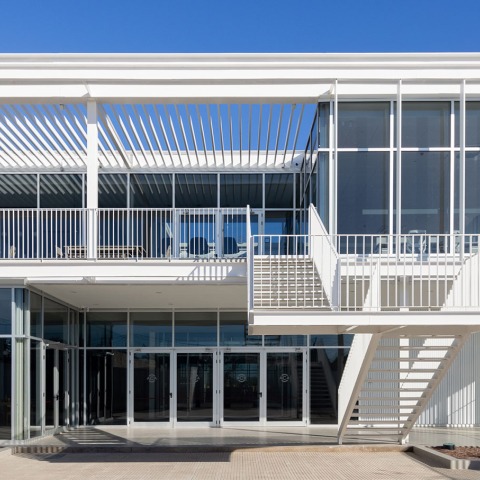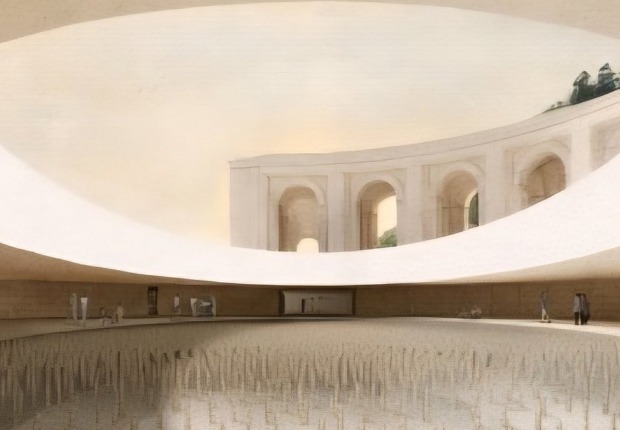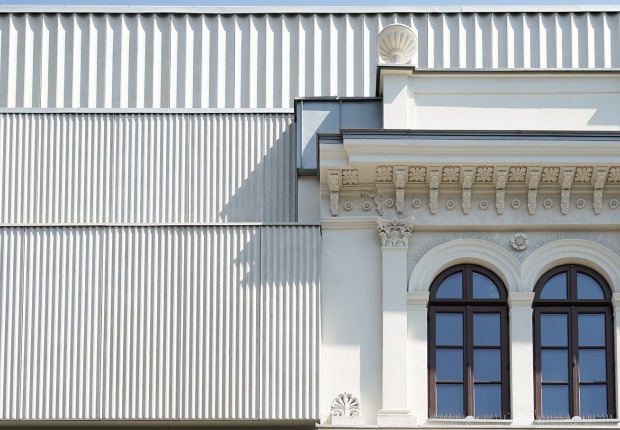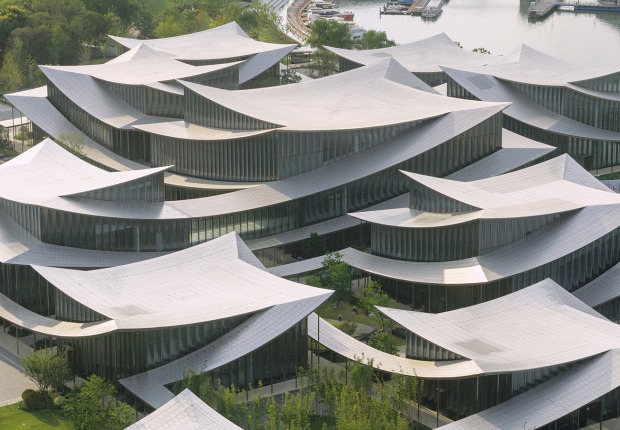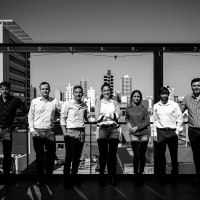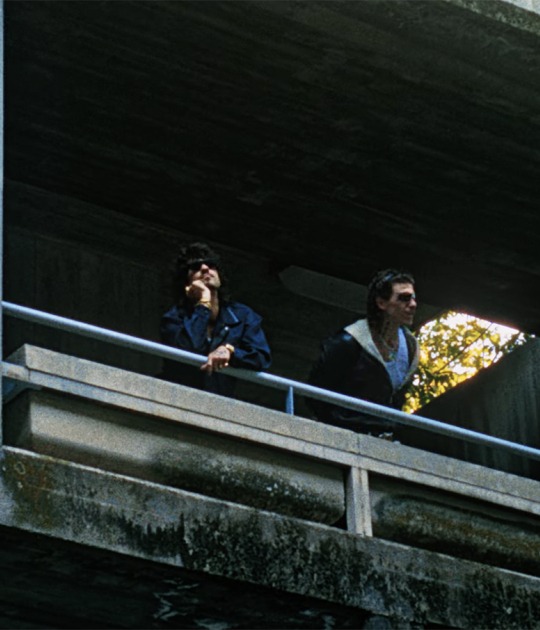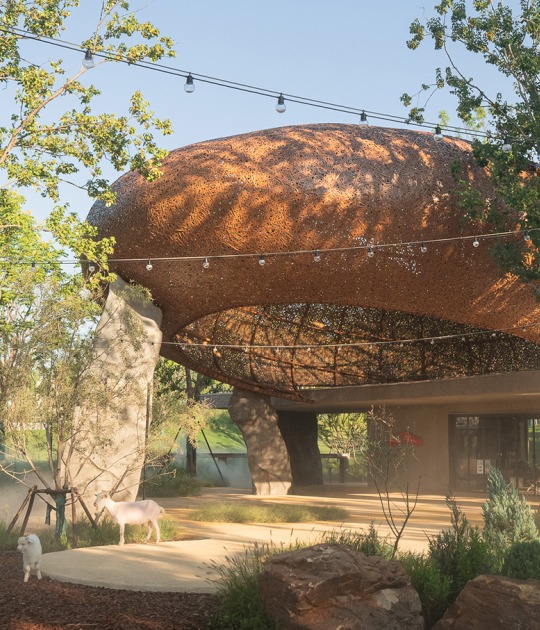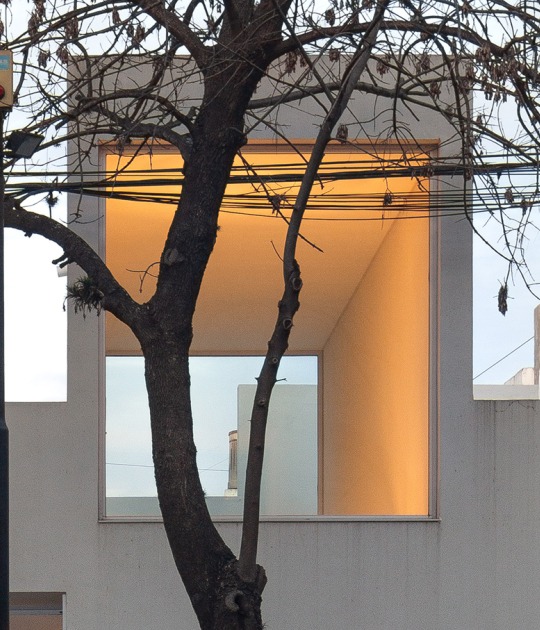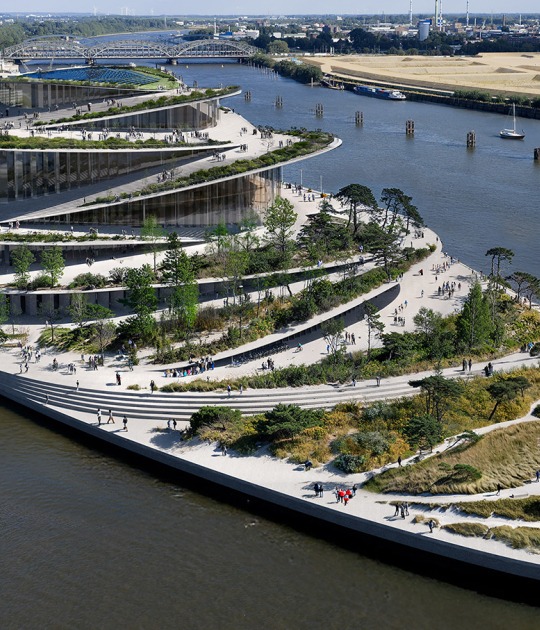The project has 4 façades and a central courtyard that will articulate the interior spaces. Thanks to this formal decision there is a crossing and interrelation of its volumes visible from different points of the building.
Clarity and transparency are two notorious values in the building. Its metallic structure with slabs and dry construction partitions with glazed enclosures allows permeability between the interior and exterior spaces. Metal sunshades resolve climatic issues and provide privacy to certain rooms.
Description of project by Arrillaga Parola Arquitectos
Location of the site
The project for the new branch of the Asociación de Cooperativas Argentinas in the city of Bahía Blanca, Province of Buenos Aires, is located on the corner of H. Yrigoyen and Pirovano streets in the Aldea Romana neighbourhood.
This location is strategic as it is situated on Cabrera Avenue, one of the main access and commercial axes of the city. This is an area in constant growth, which will allow the Asociación de Cooperativas Argentinas to disseminate its activities at local and regional level and, at the same time, generate with this building a new urban landmark linked to the notions of production, cooperativism, innovation and sustainability.
The very choice of the site itself highlights ACA's vocation to make its actions visible, and its commitment to openness to the environment in which it operates. The initiative to build its own new institutional headquarters speaks clearly of the Association's social commitment and willingness to integrate into the community.
Morphology
From its morphological expression, the project attempts to manifest the values that ACA promotes in its actions: The public scale of the complex and its degree of openness towards the surroundings respond to the social responsibility that ACA upholds as a company. The building is presented as a "transparent" object that exposes its inner activity, promoting a dialogue with the community. The project also envisages the treatment of the surrounding outdoor spaces and a public square open to the community, which speaks of the link it intends to forge with the environment.
Its interior spatiality, marked by spatial fluidity and open double levels, generates broad and integrating visuals, fostering a sense of equality, integration and equity. The work spaces are resolved in continuity and tend to unify the areas which, in the past, were understood as isolated or independent. This search for design speaks of the intention of transversality and mutual collaboration that is intended to be achieved.
Typology
The different spaces of the programme are arranged on the free perimeter of the building (4 façades), articulated in the interior by a large central void (courtyard) that considerably improves the building's natural lighting and ventilation conditions. This central void allows the interrelation between all the spaces to be appreciated from any angle, reinforcing the idea of democratic space and equality.
Furthermore, the typology is linked to the concept of the "free plan", with the service and vertical circulation spaces on one side and the rest of the plan free of fixed structures. This solution makes it possible to achieve a highly flexible and versatile structure of the spaces, enabling growth and adaptation to change.
Materiality
From the point of view of the building's materiality, the repertoire of materials used suggests concepts such as modernity, innovation and efficiency. In general terms, the aesthetic commitment is to the honest manifestation of each of the structural and constructive components. The glazed enclosures propose transparencies that allow the interior of the building and its functioning to be reconstructed from the street, resorting to a series of metallic sunshades to subtly conceal the spaces that need some kind of climate control or greater privacy.
The metallic structure, partitions and dry construction slabs, conceived as a resource to simplify and speed up the construction process, define a complex that is perceived as simple, austere and contemporary.
Sustainability
The project pursues principles of sustainability, accompanying the company's vocation for social responsibility and its ambition for efficiency. Firstly, it favours well-ventilated spaces (cross ventilation) and optimal natural lighting, generated from a series of interior courtyards that favour this aspect. Towards the perimeter, the glass enclosure is complemented by a series of sunshades to control the direct incidence of the sun in unfavourable orientations. These devices, as a whole, aim to minimise energy consumption and improve the habitability of the building. It is also planned to install panels for the generation of solar energy to cover energy consumption and the heating of sanitary water.
Programme
The project programme is developed on 4 (four) levels: The project has an underground first level that houses a covered garage for 9 vehicles, together with a machine room and the circulatory core to access the other levels of the building.
On the ground floor are the public areas with the highest number of visitors. From the main entrance, located on the corner of the building, one enters the reception and information hall and from there one can access the auditorium for 160 seated people (which can be subdivided to operate in smaller groups) and a barbecue and dining area for 70 people, both articulated by a central courtyard that organises the layout and improves lighting and ventilation conditions. Towards the back of the plot, there is a large courtyard as the main expansion space and for the development of outdoor activities. This open space can be accessed from inside the building or through a secondary entrance and service entrance from the side street. This large courtyard, in turn, is articulated with a public square on the adjoining land, functioning as an integral open area that improves the link between the building and its surroundings.
The first floor houses all the company's management and administrative tasks: secretariat, meeting rooms of different capacities, management, administrative space and canteen for employees. External public access to these more private areas is channelled through a second hall that overlooks the main hall in the form of a bridge, from which there is access to a reception area that controls and coordinates the influx of external people. The administrative spaces have extensions to an open leisure terrace from which one can descend to the general courtyard. In this way, on each level, the interrelationship between exterior, interior and intermediate spaces is promoted.
The roof terrace on the 3rd level is left free and open at this level and a machine room and other technical equipment will be located there.
